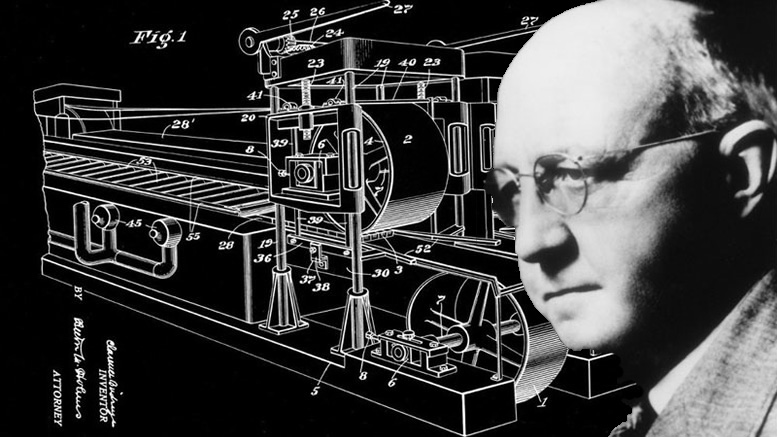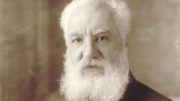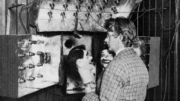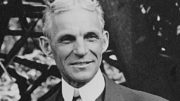 Clarence ‘Bob’ Birdseye developed the freezing of food as a means of preservation. Clarence Birdseye was born in Brooklyn, NY, on December 9, 1886, and attended Amherst College, majoring in biology. But Clarence didn’t graduate. Instead, he pursued a career as a field naturalist for the United States government. The job took him far north, near the Arctic, where Clarence would make a chilling discovery that changed the history of the food industry.
Clarence ‘Bob’ Birdseye developed the freezing of food as a means of preservation. Clarence Birdseye was born in Brooklyn, NY, on December 9, 1886, and attended Amherst College, majoring in biology. But Clarence didn’t graduate. Instead, he pursued a career as a field naturalist for the United States government. The job took him far north, near the Arctic, where Clarence would make a chilling discovery that changed the history of the food industry.
He noticed that freshly caught fish, when placed onto the Arctic ice and exposed to the icy wind and frigid temperatures, froze solid almost immediately. He learned, too, that the fish, when thawed and eaten, still had all its fresh characteristics. He concluded that quickly freezing certain items kept large crystals from forming, preventing damage to their cellular structure. That’s when Clarence, the field naturalist, realized he had the makings of a business.
In September 1922, Clarence organized his own company, Birdseye Seafoods, Inc., where he began processing chilled fish fillets at a plant near the Fulton Fish Market in New York City. In 1924, he developed a process that later would become his great contribution to the art of quick-freezing: packing dressed fish or other food in cartons, then freezing the contents between two flat, refrigerated surfaces under pressure. Realizing that he had discovered the basis for an entirely new type of freezing operation, Clarence decided to form a new company to capitalize on his invention.
On July 3, 1924, he organized the General Seafood Corporation, with the financial help of Wetmore Hodges, Basset Jones, I.L. Rice, William Gamage, and J.J. Barry. This was the beginning of the frozen foods industry.
The birth of retail frozen foods occurred March 6, 1930, in Springfield, Massachusetts. The “Springfield Experiment Test Market” included twenty-six different vegetables, fruits, fish, and meats.
In 1934, Birdseye contracted with the American Radiator Corporation to manufacture inexpensive, low-temperature retail display cooling equipment. This equipment displayed only Birdseye products and was leased to retailers for about eight dollars per month. By 1944, Birdseye had leased the first insulated railroad cars designed for nationwide food distribution. The refrigerated shipping industry was born.
Clarence Birdseye died on October 8, 1956, but he lived to see his revolutionary ideas become a thriving success.




